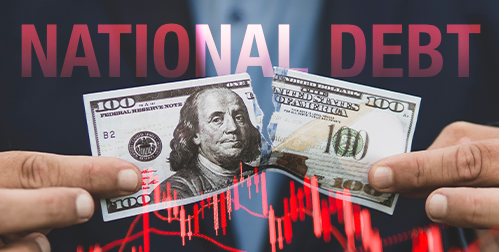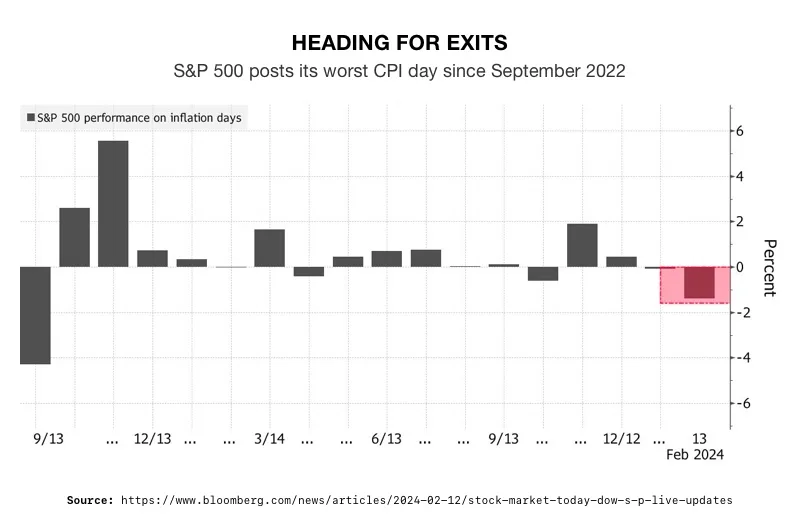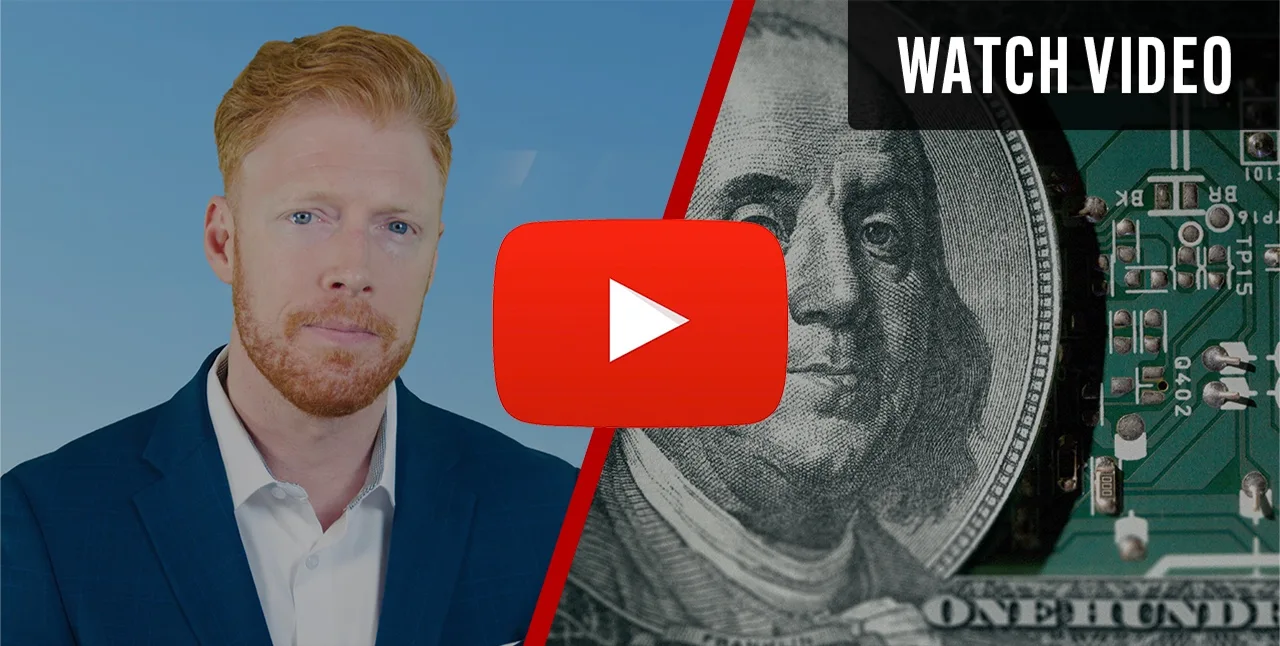- Billionaire CEOs like Bezos, Zuckerberg, and Dimon are selling off massive amounts of their own stocks
- Analysts think the CEOs may be bracing for a market downturn and getting out before the tech bubble bursts
- Just as insider CEOs diversify, regular Americans are diversifying into physical precious metals in a Gold IRA to protect portfolio value
CEOs are Dumping Billions of Their Own Stock
An overheated stock market continues to climb new heights. As investors feed the frenzy with a fear of missing out, economic insiders are unloading billions of dollars of stocks. Their motivation for divesting from the market could hold serious implications for regular Americans.
Here are just some of the recent major transactions1:
Jeff Bezos: sold 50 million shares of Amazon worth $8.5 billion in just 9 days. Prior to 2019, he never sold more $3 billion worth in a whole year.
Jamie Dimon: the CEO of JPMorgan Chase sold 822,000 shares in the bank he runs for $150 million last week. This is his first sale of JPMorgan stock since becoming CEO 18 years ago.
Leon Black: co-founder and former CEO of Apollo Global Management sold $172.8 million in stock. It was also a first ever sale of former company’s stock.
Mark Zuckerberg: sold about 1.4 million shares of Meta stock worth around $638 million. This is on top of the selling hundreds of thousands of shares in the past three months, coming to approximately $600 million for a total of $1.2 billion. He hasn’t sold Meta shares for almost two years prior to this.
The Walton Trust: sold $1.5 billion in Walmart stock this month.
Stocks were sold as the S&P 500 index is at an all-time high. This past year, it has risen 28% and the Nasdaq is up nearly 40%. During that time, Meta stock has soared by 186%, JPMorgan is up nearly 30%, and Amazon has surged close to 90%. All three companies are trading close to record highs.2
Many of the sales were made according to trading plans that automatically sell shares at a specific date or stock. The goal being to avoid any hint of insider trading.
 3
3
Reasons for Selling
However, analysts think there are other motivations for the sale. One consultant said sales could be due to the upcoming election. Wealthy stockholders may want to take advantage of tax breaks implemented during the Trump administration before they are potentially removed by a new Congress after the elections.
Alan Johnson, President of Johnson Associates, said, “With our politics and everything else going on geopolitically, maybe it won’t be as good a year from now or two years from now.”4
Or, they may want to diversify their holdings after cashing out their shares that had ballooned in value.
Sending a Message
Selling massive chunks of stocks may send a more dire message to the individual investor. Typically, if CEOs are buying shares, it shows a confidence in the future growth potential of their company. Selling, however, implies that the shares are fully valued and it’s time to get out while the getting is good.
There is the possibility that these billionaire’s view from above is giving them a different perspective on the economy and where it is heading.
Dimon has already sounded the alarm on the astronomical level of government debt. He called it the “most predictable crisis” currently facing the economy. He is also concerned about the impact of lingering inflation and growing geopolitical conflicts. According to him, the stocks are riding high on a soft landing that may never come.
And now he is comparing today’s economy to that of the 1970s. That decade began with a positive outlook on growing employment and fiscal stimulus. It quickly transformed into runaway inflation, stagnant growth and record high interest rates. Or as Dimon put it, “markets change their mind pretty quickly…Remember in 1972 you felt great too. And before any crash, you felt great, and then things change.” He isn’t alone in this viewpoint. Last October, Deutsche Bank said they saw a ‘striking number of parallels’ with the 1970s.5

Meanwhile, Apollo Global Management, the one whose former CEO just sold his stocks off in, said the current bubble in AI stocks is bigger than the internet era’s. “The top 10 companies in the S&P 500 today are more overvalued than the top 10 companies were during the tech bubble in the mid-1990s,” Torsten Sløk, chief economist at Apollo Global Management, wrote.6
And Morgan Stanley’s chief economist said a hard-landing recession is guaranteed as the full impact of Fed rate hikes have yet to hit the economy. She cited Dimon’s recent comments. “We will have a hard landing at some point. I guarantee you that. We’re all wondering when does that come,” she said. “The point that Dimon makes is that there are these cumulative impacts that build over time, and we are in the camp that we haven’t seen all of the tightening impacts of monetary policy,” she added.7
For evidence of a looming recession, Morgan Stanley pointed to corporate defaults reaching their highest level since the pandemic. Also, bank lending has fallen for three straight quarters. And inflation continues to come in higher than expected. A recession, even a mild one, could cause a 40% drop in value in the stock market, pummeling retirement funds.
Billionaires, CEOs, and financiers share at least one trait with average Americans – they don’t want to lose money. The motivations for these massive selloffs can never be fully known. But if those in the know are shedding stocks and diversifying their holdings, perhaps the rest of us should investigate how to protect our assets from any potential crash. Physical precious metals in a Gold IRA can safeguard the value of retirement funds from the exact dangers that have been warned about. Contact American Hartford Gold today at 800-462-0071 to learn more.




 5
5

 2
2

 2
2


 2
2


 2
2

